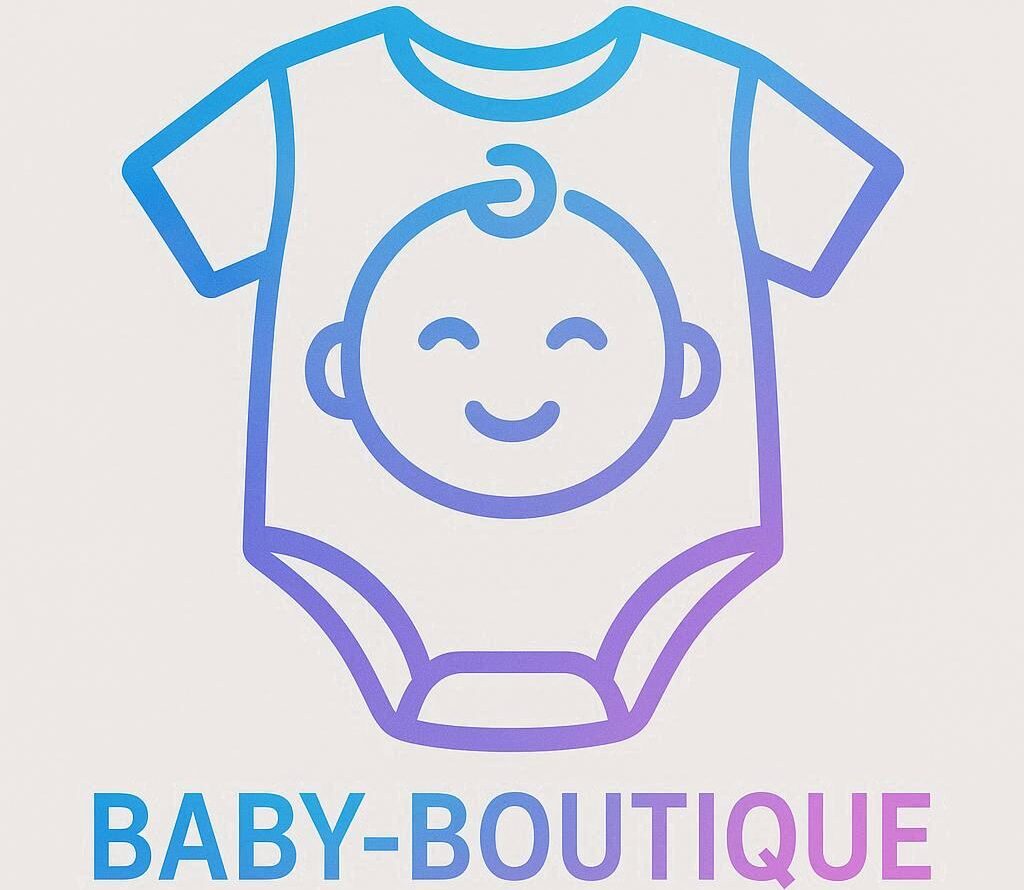Soft sole booties are a newborn essential, crafted from gentle materials like cotton, fleece, or even leather. They promise comfort and protect those tiny soles without restricting movement.
Unlike hard-soled options, these booties let your baby’s feet flex and move naturally, which is key as those little muscles and bones are rapidly developing. This flexibility helps in fostering a better sense of balance and coordination early on.
Wondering why soft sole booties are so great? They cradle those tiny feet in coziness while providing a flexible base that mimics walking barefoot. This is crucial because it helps in strengthening foot muscles while offering a just-right grip on smooth surfaces.
Comparing soft sole booties with their hard sole counterparts really shines a light on why they steal the show. Hard soles can be a bit too rigid for those delicate and pliable newborn feet, while soft soles align more closely with the natural shape and movement of a baby’s foot.
When picking out booties for a growing infant, it’s super important to consider the stage of development. Look for pairs that are easy to put on and take off but won’t slip during adventurous tumbles.
Keep an eye on quality construction and a good fit so these booties can be there for each precious milestone. Soft sole booties aren’t just cute; they’re an essential tool in nurturing your little one’s growing feet.
The Role of Socks and Footwear in Temperature Regulation for Newborns
Keeping a newborn’s temperature just right is a balance of art and science. Their tiny bodies don’t regulate heat like ours, so what they’re wearing can make a big difference in comfort and health.
Socks play a key role in this. Materials like cotton or merino wool are top picks because they breathe well and provide insulation at the same time. A snug but not tight fit ensures your baby’s toes are cosy without cutting off circulation.
Choosing the right footwear alongside socks is just as important. Soft sole booties, complemented with breathable socks, ensure that little feet are warm, but not overheating. Usually, if your baby’s feet are a touch cool, they’re comfortable. If they’re sweaty, it might be time for a wardrobe change.
Signs of temperature trouble are sweaty feet or clammy skin, which could mean it’s time to rethink their footwear setup. Meanwhile, chilly toes might be asking for an extra layer or thicker socks.
Depending on the season, choices will change. Warmer weather calls for lighter fabrics that wick away moisture. When it’s cold, layering is your friend. Booties with good insulation paired with wool socks are a winter wonder.
Experts often suggest checking your baby’s feet regularly to gauge how comfortable they are. It’s a simple touch test to see if they’re warm enough or if things need adjusting, helping you keep them content and cozy.
